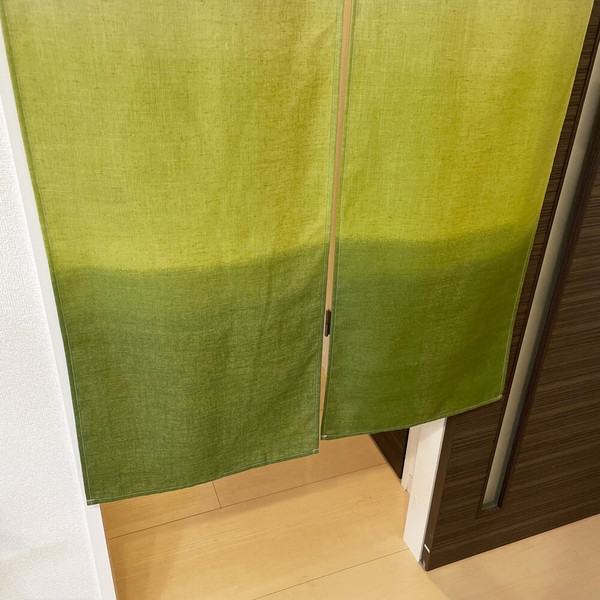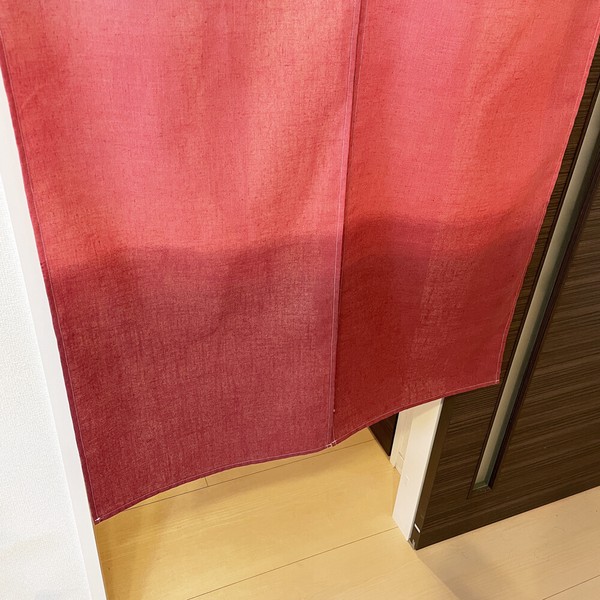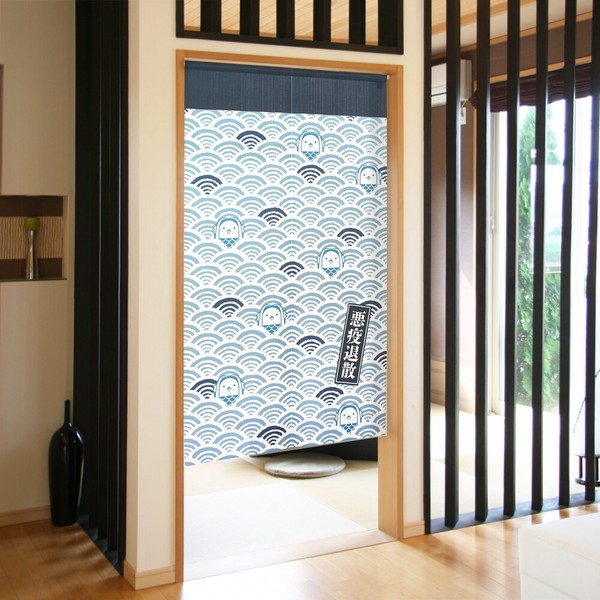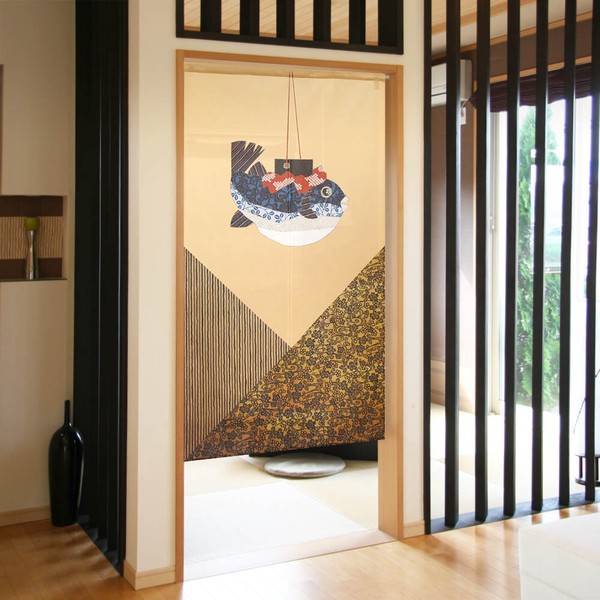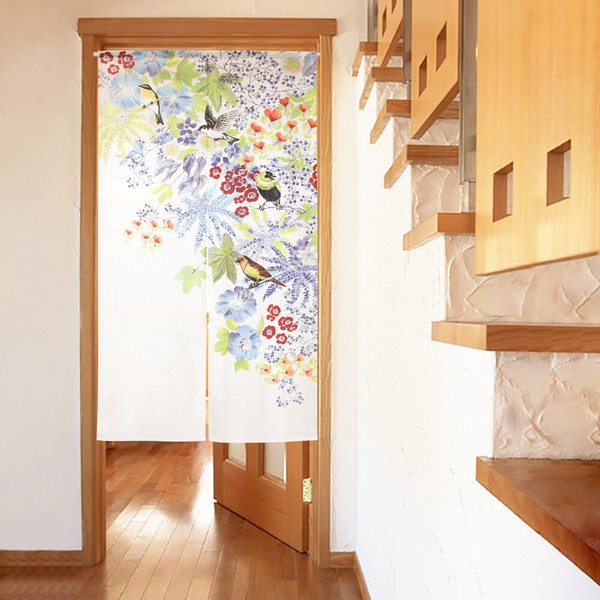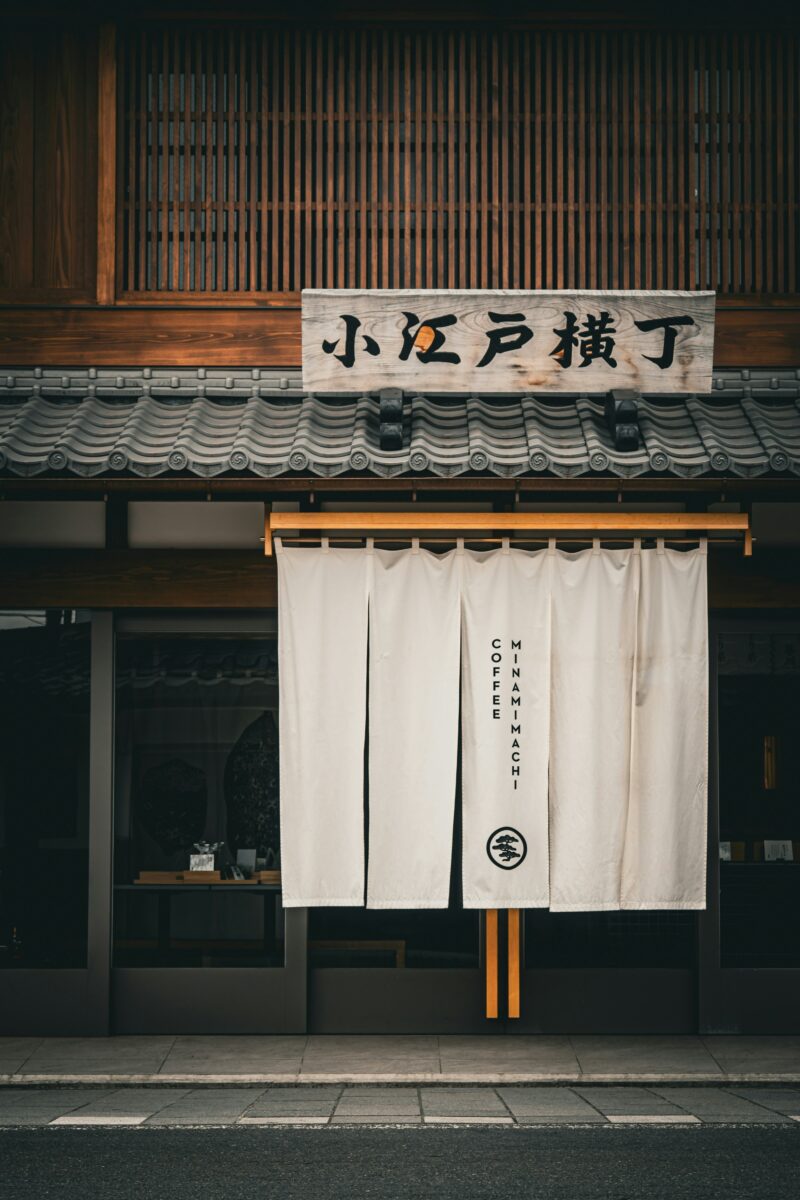
Table of Contents
Historical Origins
Noren originated in China and entered Japan during the Heian period (794-1185). Initially, they were simple barriers made from miscanthus, reeds, rice straw, and bamboo used at house entrances. The term “noren” became widespread during the Kamakura period (1185-1333), appearing as shop entrance markers.
Traditional Functions
Space Division
Noren serve as flexible room dividers that:
- Create semi-private spaces while maintaining airflow
- Allow natural light filtration
- Provide adaptable spatial boundaries
Business Signage
- Function as visual markers for businesses
- Display store names and family crests
- Identify shop types and operating status
Materials
Natural Options
- Cotton and linen offer superior airflow and traditional aesthetics
- Natural fabrics take well to traditional dyeing techniques
Modern Materials
- Synthetic materials provide better durability for outdoor use
- Polyester offers fade resistance and easier maintenance

Contemporary Applications
Modern uses include:
- Studio apartment space division
- Kitchen and dining area separation
- Home office privacy
- Doorway coverings
- Patio screens
Care and Installation
Installation Guidelines
- Requires precise measurements
- Can be mounted using tension rods, ceiling tracks, or traditional rods
- Needs adequate seam allowance for optimal fit
Maintenance Tips
- Wash in hot water with neutral detergent
- Dry in shade to prevent fading
- Iron while slightly damp for best results


